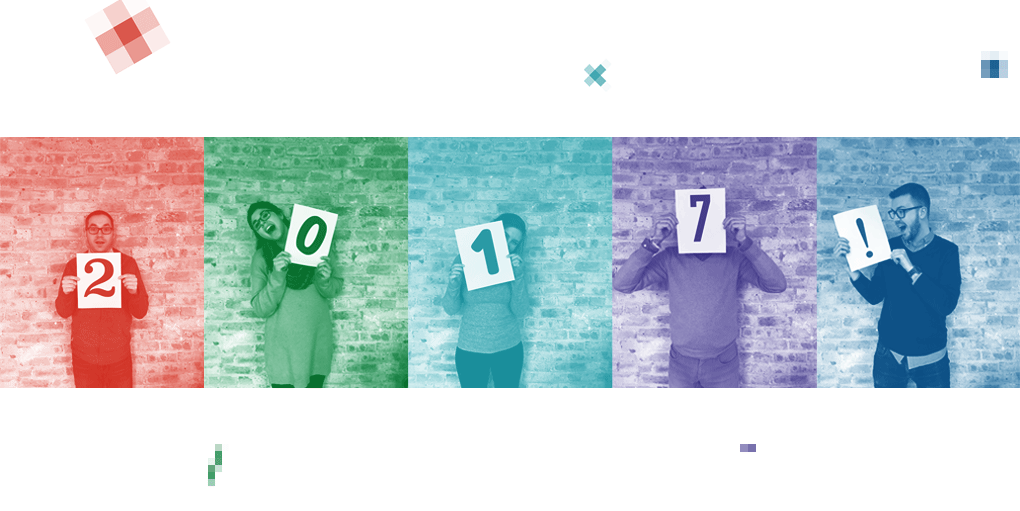
Can you believe it? In just a few short days 2017 will turn into 2018. Before everyone gets sucked into the holiday craze and snowstorms (fingers crossed no snowstorms), Fuzzy Math is taking a moment to share some of our favorite internet reads from this past year.
The State of UX in 2018
Taking it meta for a second, a roll-up within a roll-up. As we head full steam into 2018 this is a great recap of some of the major trends and where things seem to be headed in the year ahead. It highlights problems, challenges, and approaches we take every day to help solve problems for our clients. And while change is inevitable, it’s great to see design as a whole continue to mature year after year.
Digitizing customer journeys and processes: Stories from the front lines
A solid read for many roles — from design to execution — that explores how digitizing your customer journey can lead to strategic and transformation changes in your products and services. Solid industry examples on being customer-centered, engaging cross-functional teams, and rolling out your new solution.
Are you solving the right problems?
Reframing problems are at the heart of much of the strategic design work we do — as this article notes, it’s a powerful but difficult to master tool. We believe that user-centered design research can help lead to successful reframing through a better understanding of the root problems and the truths hiding in plain sight (but maybe not in the data).
Log usability tests like a pro
I struggle with traditional note taking during usability test sessions – especially when it is happening in a short time span, it’s hard to decide what information to prioritize on the fly. This data logging method has helped us streamline the note taking process, allowing us to categorize notes for easy scanning as well as providing timestamp references to quickly find the observation in a recording when needed.
Are notifications a dark pattern
This article reiterates something that I’ve long believed for myself: that notifications act as a dark design pattern on my psyche. The constant bombardment of information is frustrating at best and potentially disastrous at worst. After all, we can’t turn them off as we’ve grown to depend on notifications for events, messages, updates, even pizza delivery. We can’t turn them off but we also can’t tune them out.
UX Writing: How to do it like Google with this powerful checklist
I think I’ll always be drawn to and sensitive to the words and phrases at all the stages of UX design. This article gives some clear actionable ways to think about and improve your UX writing.
Dealing with Stress As a Designer: Here’s what research says
This article has a round up of great strategies for dealing with specific situations that cause stress in most designers lives.
How new font technologies will improve the web
As a visual designer and lover of all things type, I’m always interested in the ever-evolving process of blending digital with physical, especially when it comes to using beautiful, hand-crafted typefaces within digital work. This article discusses the history and progress of responsive web type technologies (variable and parametric fonts), and it’s safe to say there are some pretty neat possibilities for the future of web typography.
Celebrating Design Without Contending With It
As a lover of all things design and all things documentary, Netflix’s _Abstract_ caught my attention early this year. The question of “what makes good design” is definitely not a new one. Museums, classrooms, even Netflix shows sometimes seem to put avant-garde design on a pedestal. It just makes me think about my own work as a UX designer; I’m not always making something flashy, but isn’t good UX design one that you don’t even notice? Doesn’t that deserve a place in a celebration of design?
Design and the Self
Thoughtful designers are always striving to improve experiences and remove friction from the world around us. Doing this requires an innate sense of perception, reflection, and passion for making everything better. That also means that as designers, we spend a lot of time reflecting on how the designed world affects us and how we can better design our lives. As the end of the year approaches and we spend more time reflecting and resolving to do better, Irene Au highlights some points all designers should reflect on to help make the designed world just a little better in the next year.